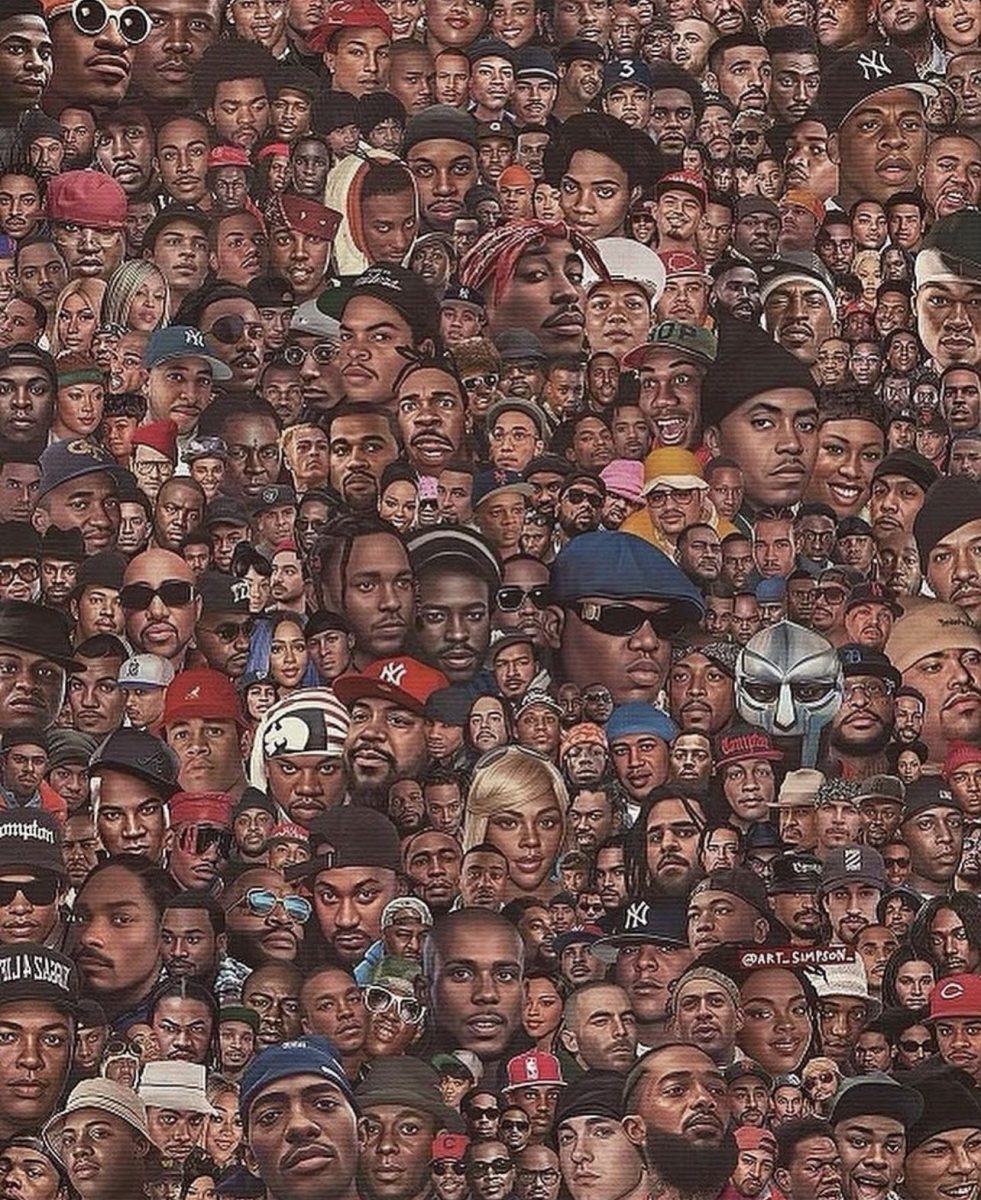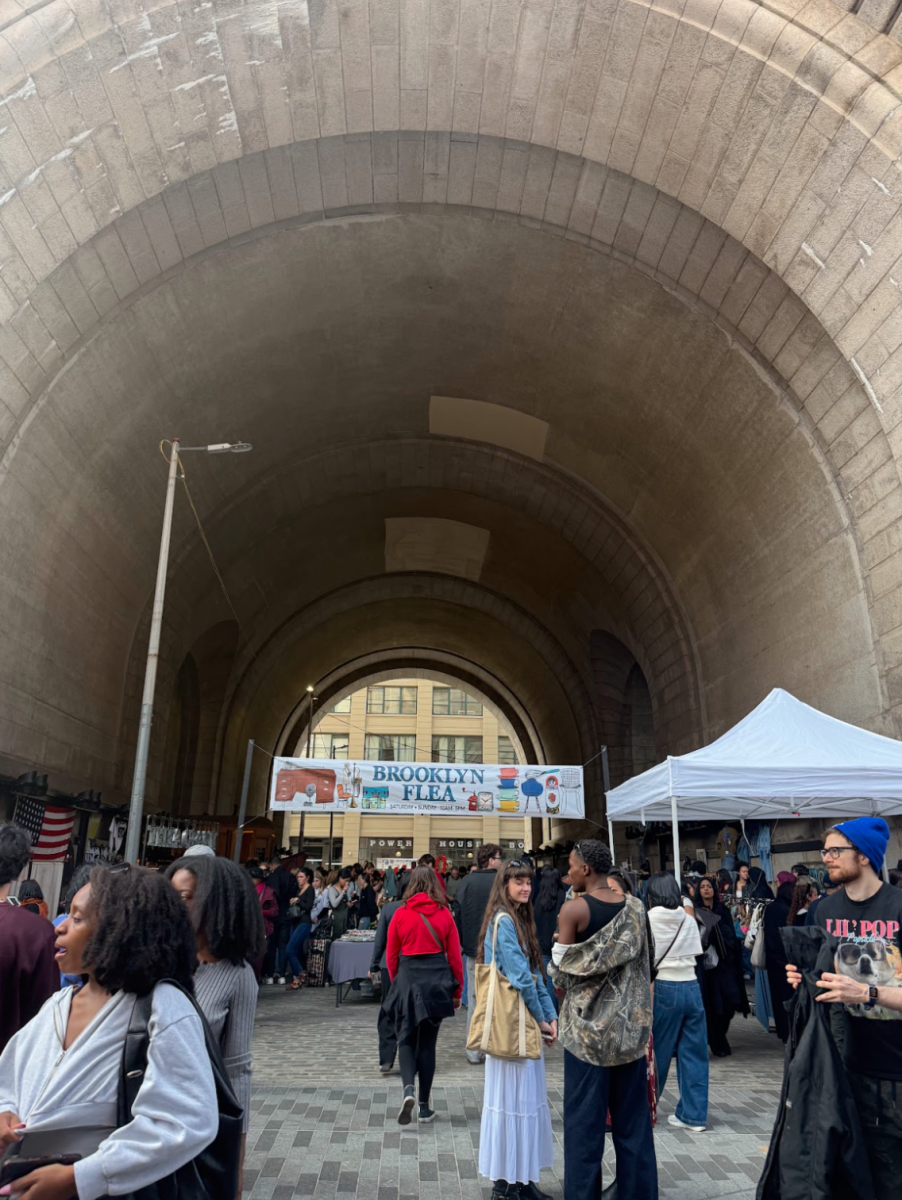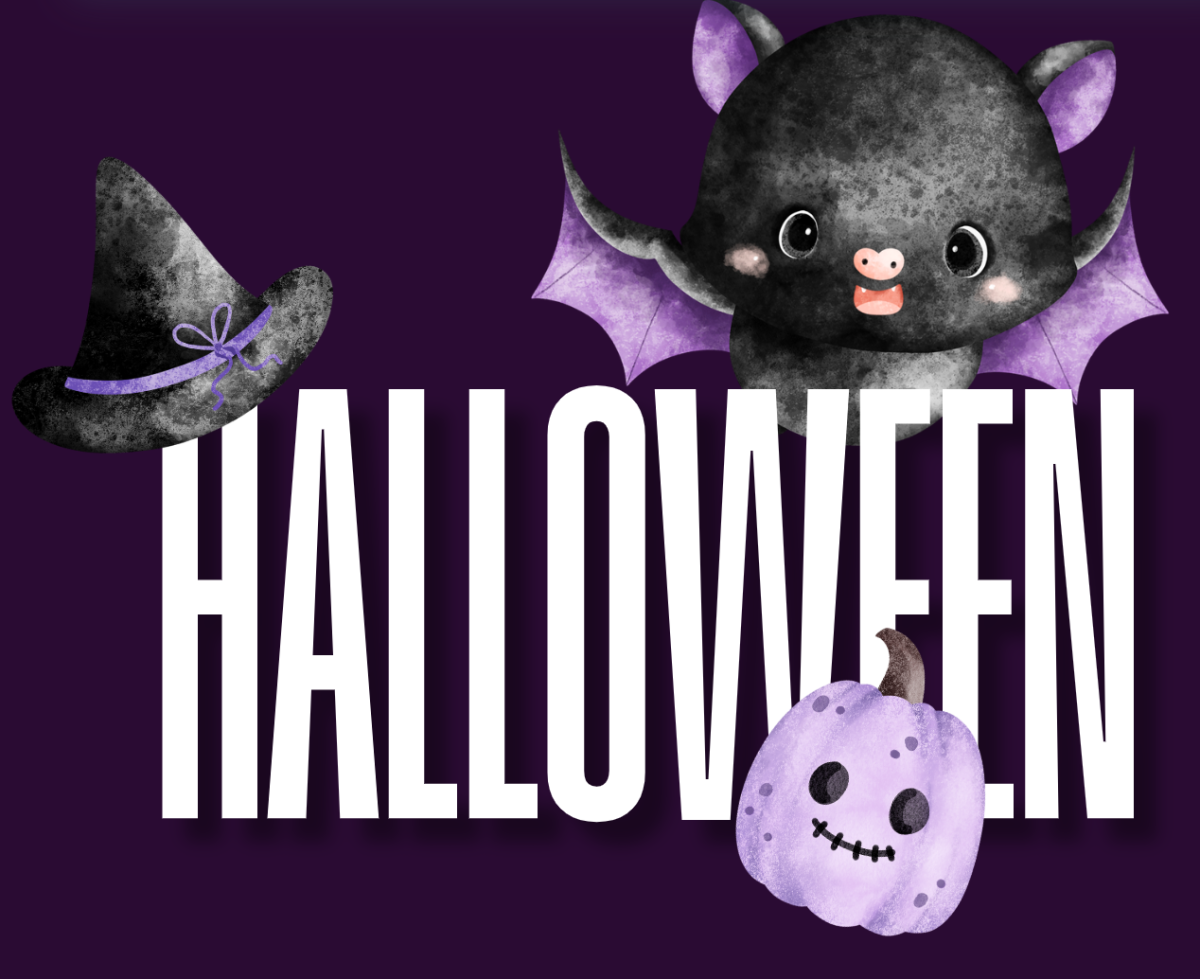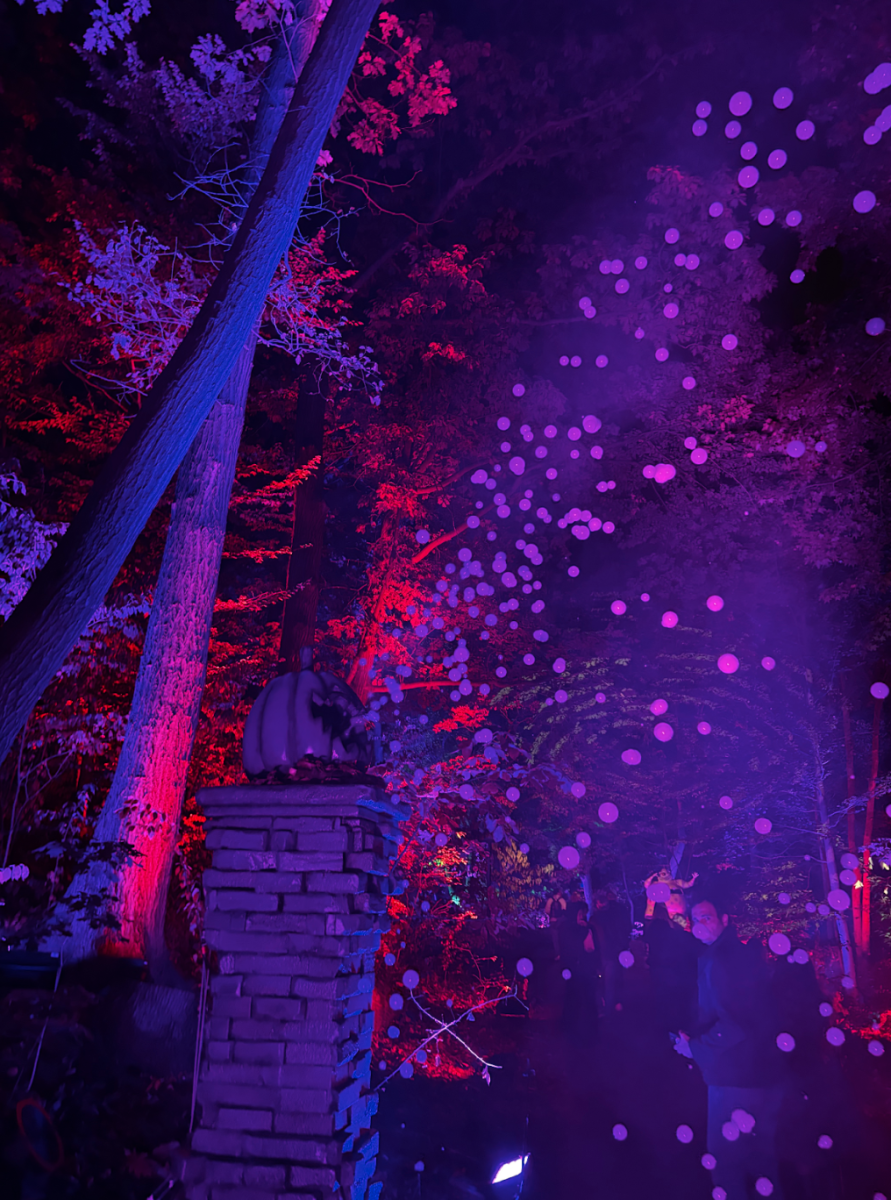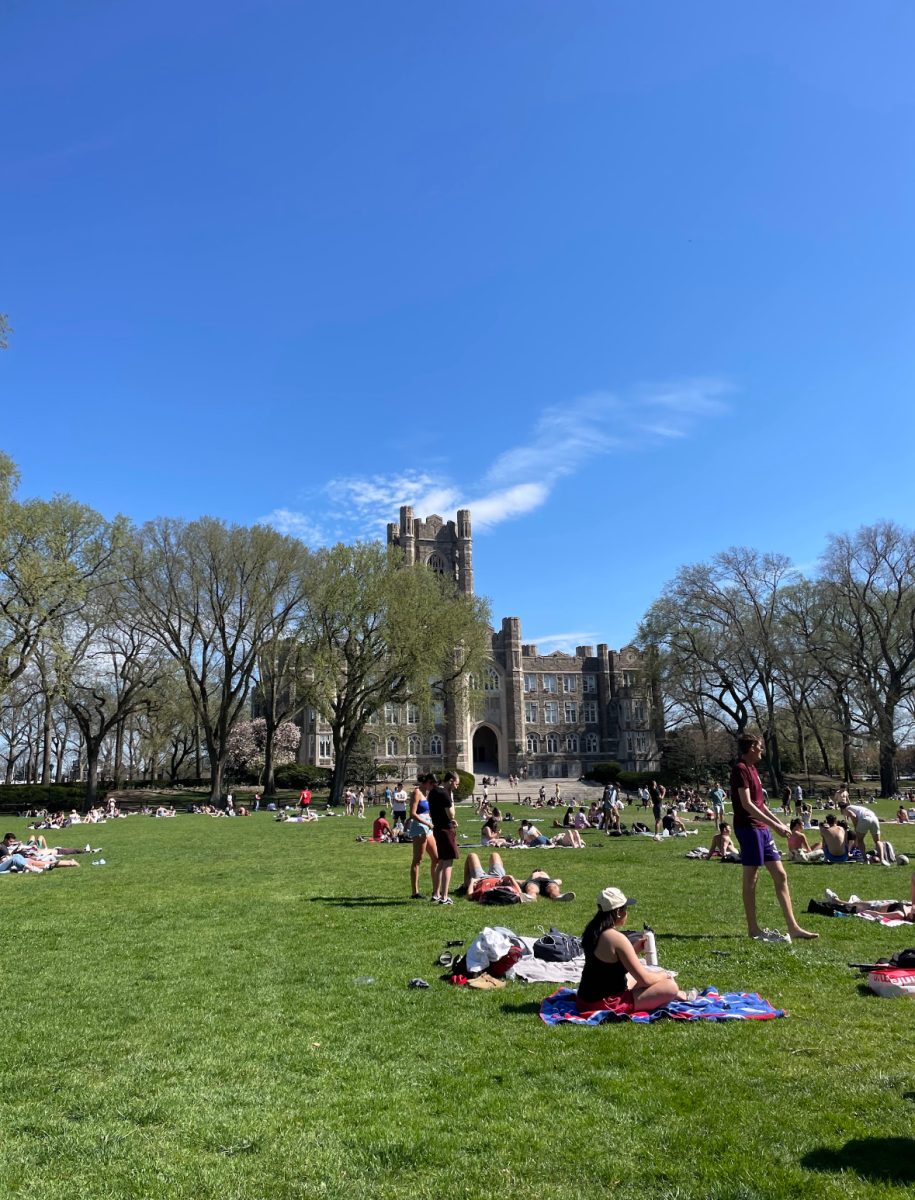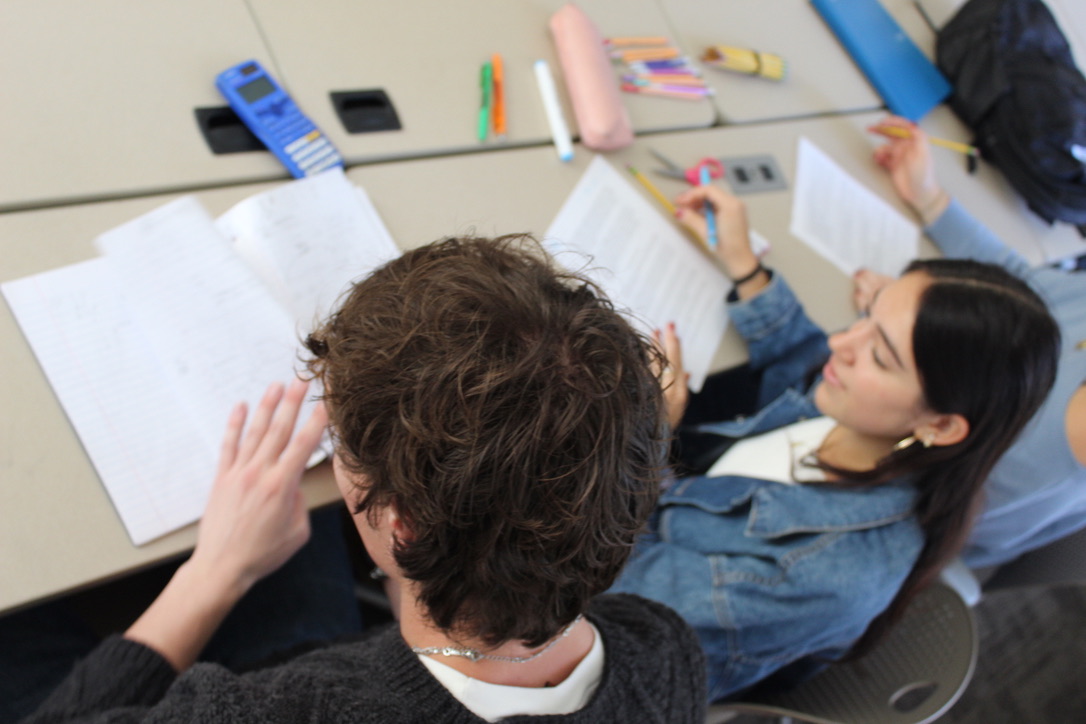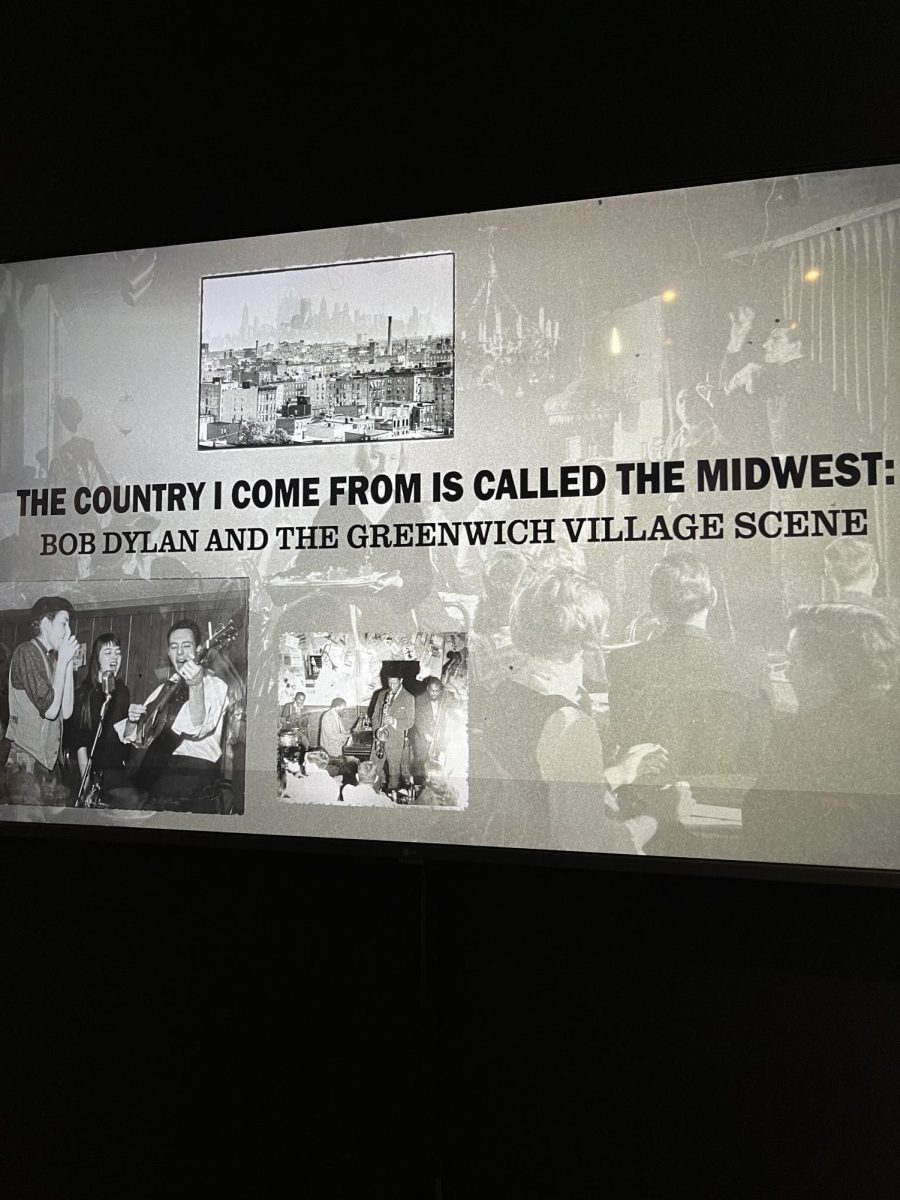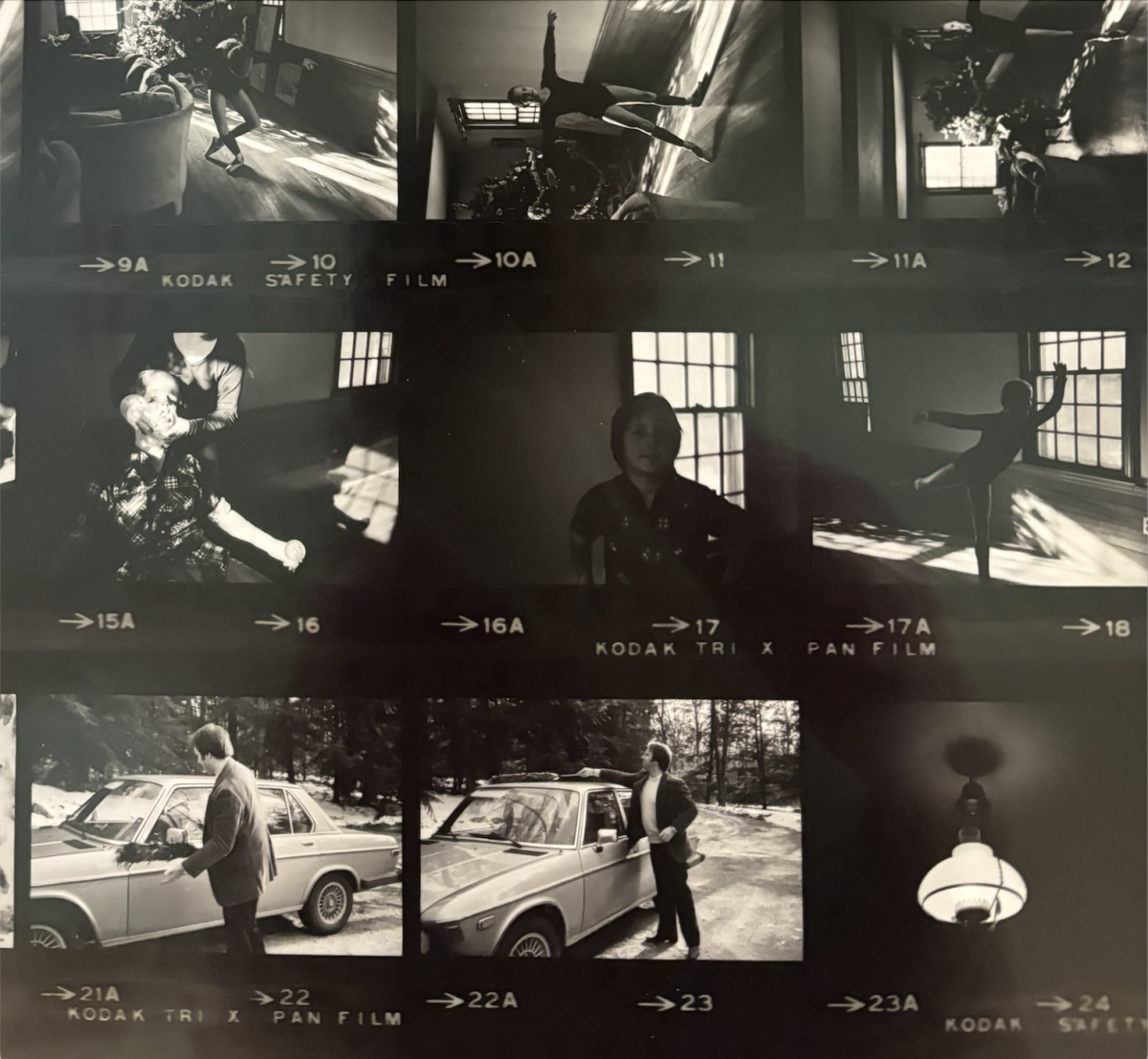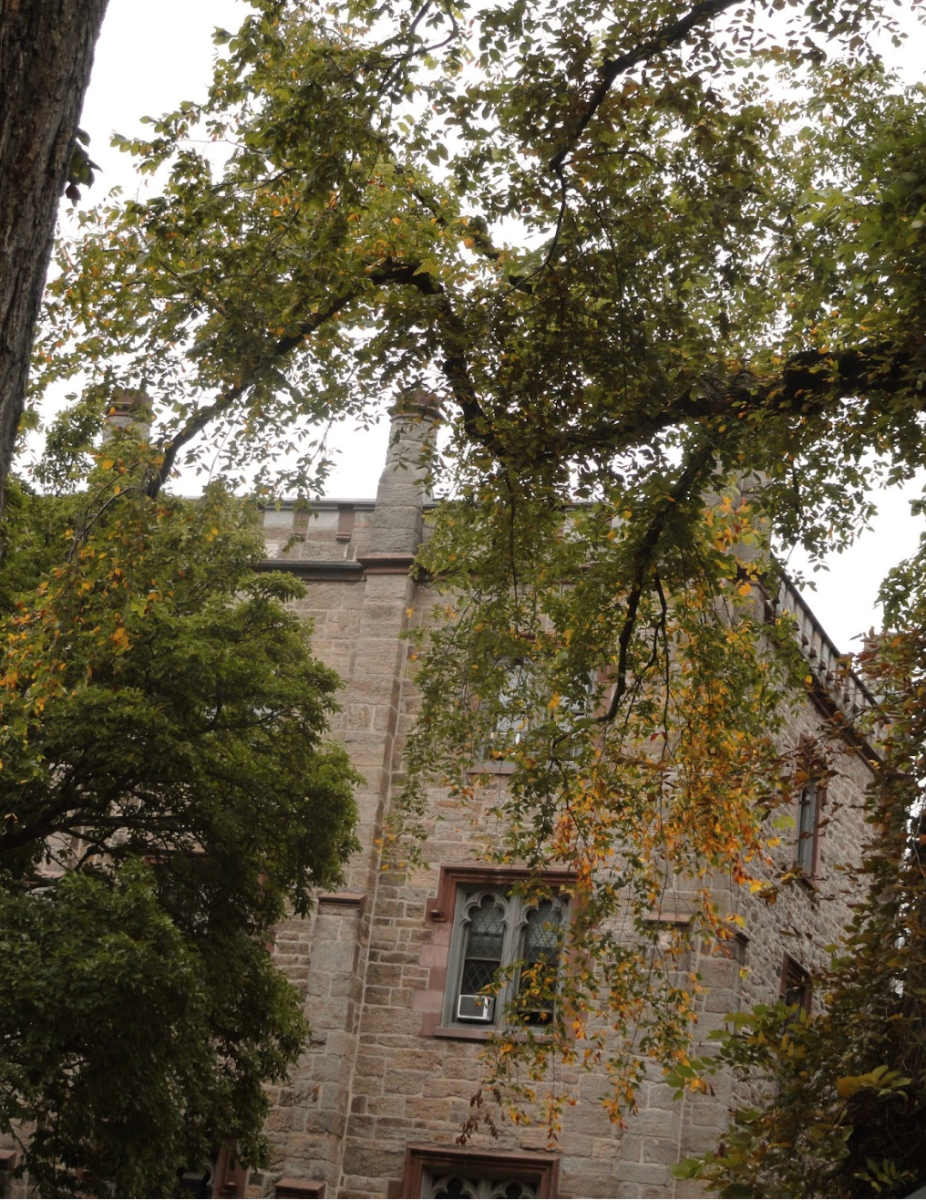For decades, the Bronx has served as the landscape for some serious musical innovation. A true melting pot of various artistic cultures, the Bronx has given birth to salsa music, modern-day bachata and the most popular of all: hip-hop.
Since its inception in the early 1970s, hip-hop has become a global phenomenon. The original “old school” style has splintered off into many different sub-genres including trap, jazz rap, boom-bap, drill and even fusions like country trap. (Do you remember the “Old Town Road” remixes? Because I sure do.)
According to a 2022 survey, college-aged students (18-24 years old) listen to hip-hop and rap music more than any other genre. In the past decade, Drake, whose music is often categorized as a mix between R&B, hip-hop and pop, has won three Billboard Music Awards for Top Artist of the Year and the incredibly prestigious Artist of the Decade Award. Pop culture magazines and tabloid headlines are filled with content about popular rappers and their upcoming projects. In 2021 and 2022, Billboard reported that rap and hip-hop albums made up almost 20% of all vinyl album sales, with the genre coming second only to rock albums.
In recent years, the genre has garnered a lot of attention among young listeners, partially because most of the genre’s artists are on the younger side. The average age of a Top 100 rapper is only 26 years old, a significantly lower number compared to the 44-year average age of musicians across all genres. Hip-hop also has a young sound — it’s innovative, with some artists constantly experimenting with their sound and pushing out new music.
But in the Bronx, we know that innovation in the genre isn’t anything new. This summer, the borough has hosted hundreds of events celebrating 50 years of hip-hop. Unlike most musical genres, the birth of hip-hop can in large part be pinpointed to an exact date and location: Aug. 11, 1973 at 1520 Sedgwick Ave, just a bus ride away from Rose Hill. That day in August, a group of teenagers threw a historic back-to-school party in the apartment building’s community room, attracting a horde of local kids, including Clive Campbell, more commonly known as DJ Kool Herc. To “keep costs low” for hosting the party, Kool Herc’s sister asked him to DJ at the party. It was at this party that Kool Herc debuted a new method of DJing that incorporated two turntables instead of one. He would use both to switch between beats quickly and would even play tracks simultaneously, creating a type of musical mixing that was previously unheard of. This technique allowed him to extend the length of a song’s break line, which made for more “danceable” music, something that party-goers went crazy for.
An immigrant from Jamaica, Kool Herc was influenced by the funk and reggae music in his home as well as the soul, rock and dancehall music he encountered in the Bronx. In the ’70s, the Bronx was home to large populations of Puerto Rican and Caribbean immigrants. The musical and cultural traditions of these groups were vital to hip-hop’s creation. It was the co-mingling of Latin, African and Caribbean music that truly defined hip-hop’s original sound. These influences are still prevalent today as many of hip-hop’s most influential artists come from multicultural backgrounds with an emphasis on African and Latin influences. The Bronx of the 1970s is often associated with the South Bronx fires and the rising poverty rates, but it was also the birthplace of one of the most groundbreaking musical developments in history, which of course wouldn’t have been possible without the creativity and collaboration of the immigrant populations that called the Bronx home.
On that note, DJ Kool Herc is by no means the only hip-hop legend from the Bronx. There is a long list of hip-hop innovators from the neighborhood, including iconic names like Grandmaster Flash and the Furious Five, Grand Wizzard Theodore (who invented the now-famous technique of scratching), Afrika Bambaataa and many more. These artists were true pioneers, and some of them still create music to this day. DJ Grand Wizzard Theodore recently visited Fordham’s Rose Hill campus to DJ in front of Keating Hall for Urban Plunge participants.
Although these artists are most famous for their work in the ’70s and ’80s, the Bronx has never truly stopped churning out hip-hop stars. In the ’90s, we had artists like Big Pun and KRS-One. In recent years, artists such as Ice Spice and Cardi B have made huge names for themselves and brought more attention to the lack of female representation in the genre.
With hip-hop’s transition into mainstream media, the genre has seen a lot of changes, musically and otherwise. But something that has never changed, and something I hope never will, is hip-hop’s relationship to social justice. Think about albums like Public Enemy’s “It Takes a Nation of Millions to Hold Us Back” (1988), 2Pac’s “2Pacalypse Now” (1991) or Nas’ “Hip Hop Is Dead” (2006). These albums address a variety of social justice issues, usually related to race, wealth disparity and the legal system. The artists knew these messages were important, and they helped to make their audiences feel seen in a way that other art forms hadn’t. Inspired by the conscious rappers before them, modern artists like Kendrick Lamar have been carrying on this legacy with albums like “To Pimp a Butterfly” (2015). From the disregarded and underserved youth that invented hip-hop to the modern artists who continue to challenge the status-quo both within and outside their music, hip-hop has always served as an outlet for musicians, a place to share their ideas, their grievances and their dreams for a better world.



































































































































































































